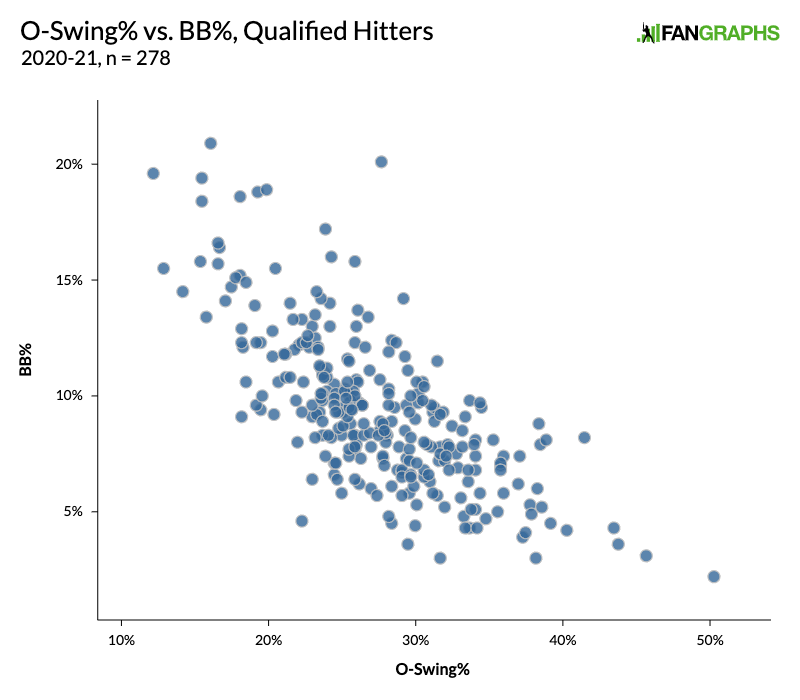Testing the Depth: The National League
Yesterday, we explored the roster depth of the American League playoff contenders, identifying the strengths and weaknesses that might prove decisive down the stretch for the teams whose playoff odds sit above 10%. Today, we’ll do the same for the National League squads with October ambitions.
National League East
Atlanta Braves
Strengths: Atlanta’s slow and steady climb into first place has involved a considerable amount of roster management. One side effect of all the maneuvers that have gotten them where they are is significant depth. During Travis d’Arnaud’s absence, the team learned that William Contreras is a capable big league catcher. They filled their considerable outfield holes with Joc Pederson, Jorge Soler, and Adam Duvall, while Cristian Pache, who flamed out early in the season, has finally gotten hot at Triple-A Gwinnett and should be a nice September addition. The Gwinnett infield is packed with players who have big league experience, like Jason Kipnis and Ryan Goins. The return of Huascar Ynoa, with Ian Anderson not far behind, creates a sudden bevy of rotation options. Read the rest of this entry »


